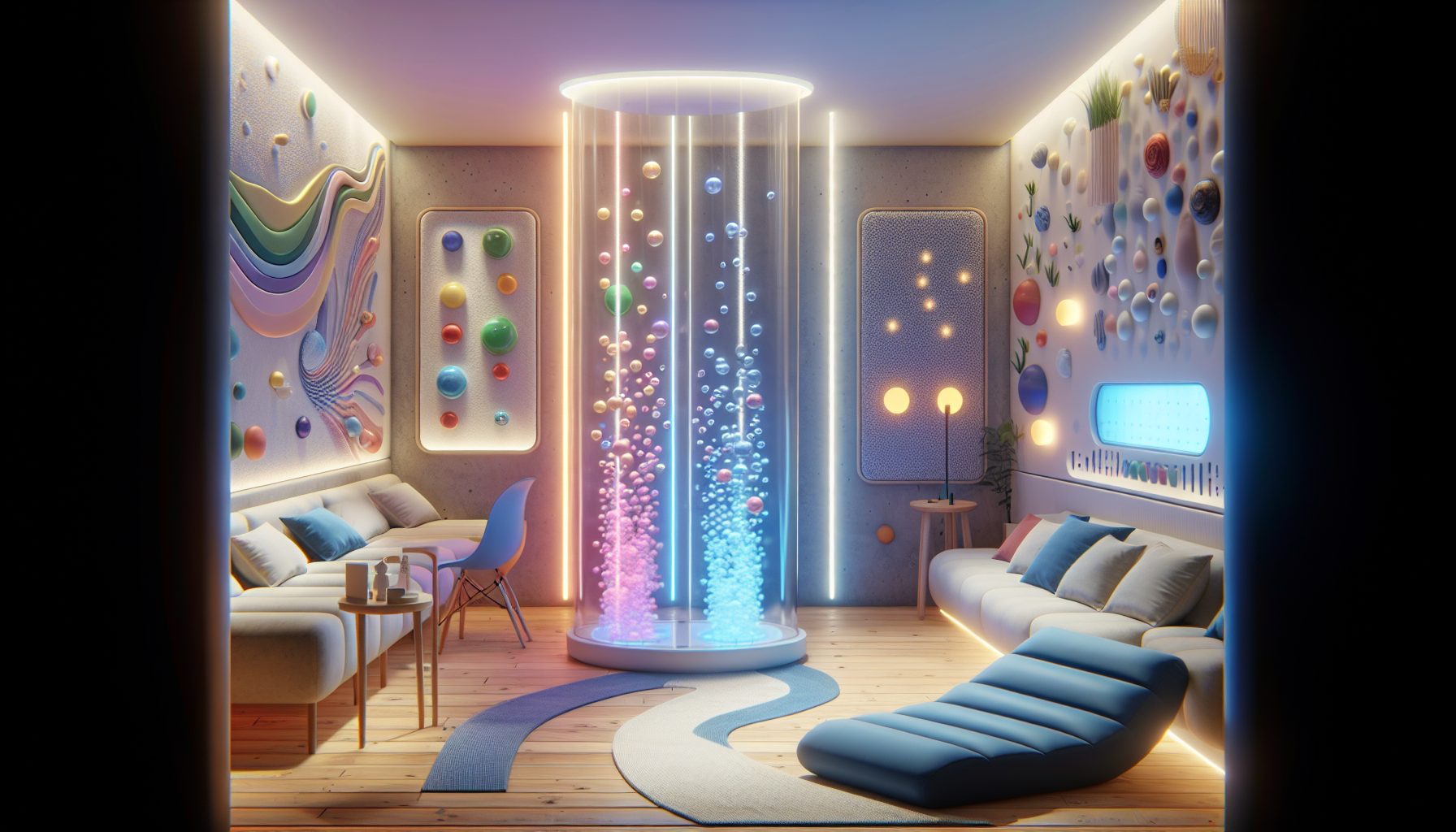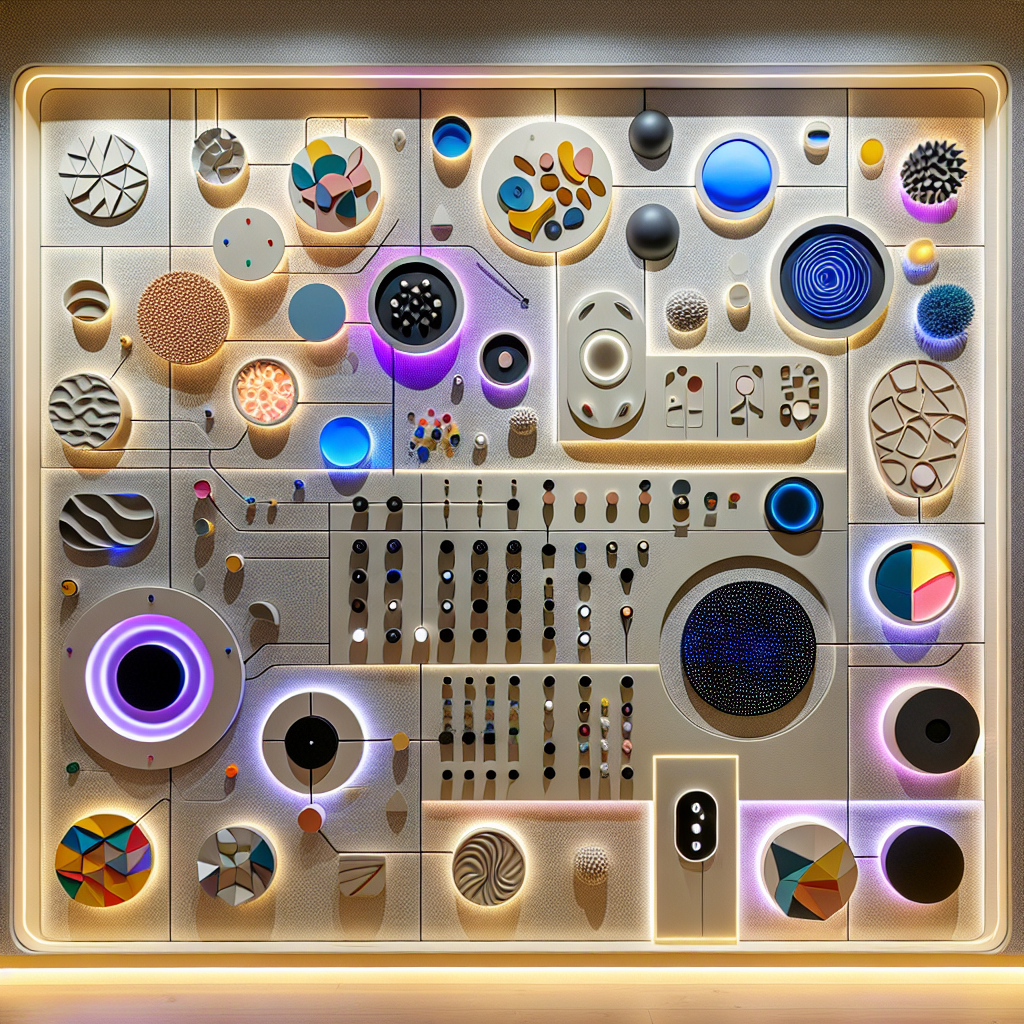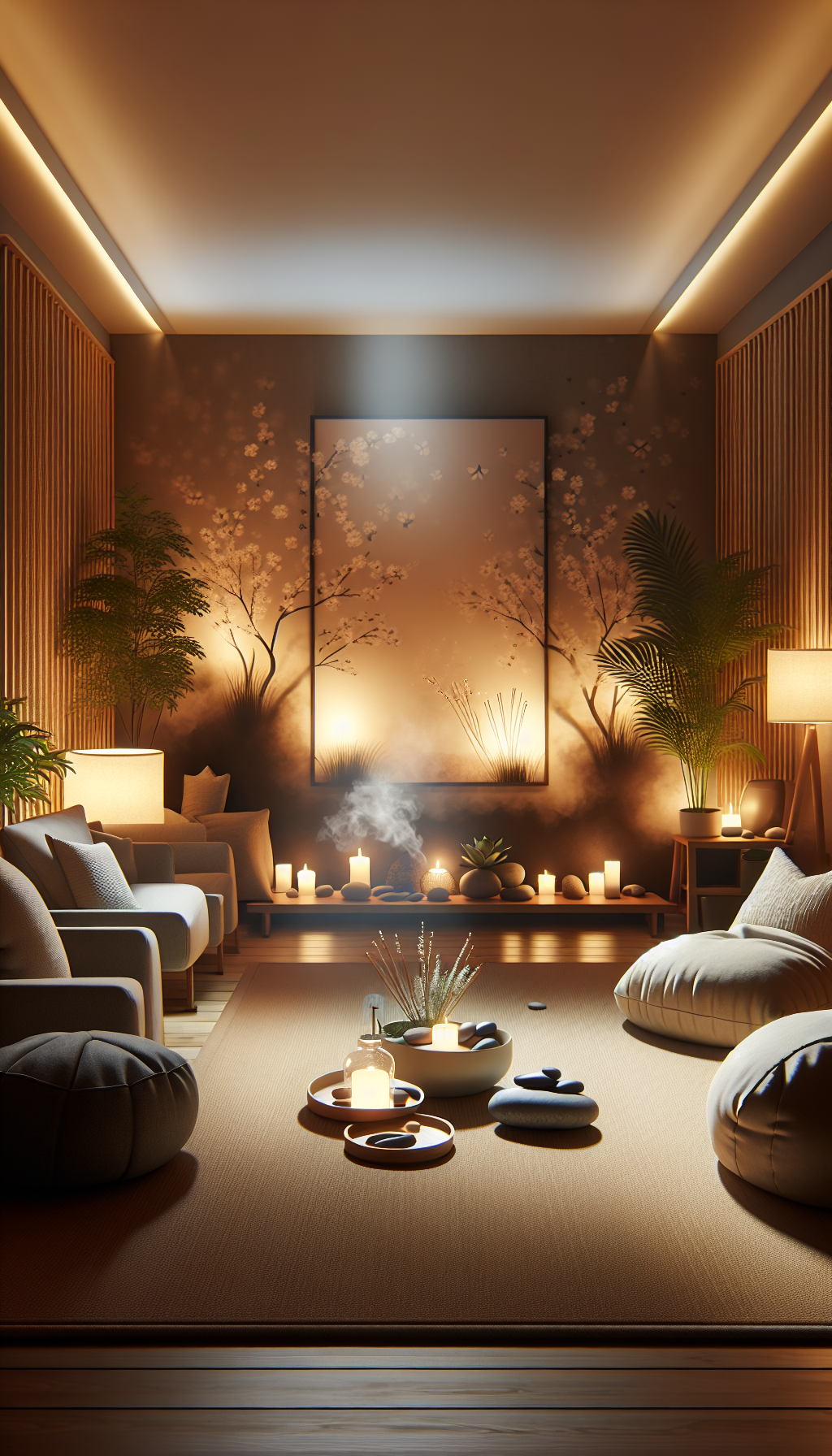Sensory rooms, once a novelty, have become vital therapeutic spaces for individuals with sensory processing disorders, autism spectrum disorders, neuropsychiatric disorders, and even for those simply seeking a respite from the overstimulating modern world. These specialized environments are designed to promote comfort, calm, and cognitive engagement through tailored sensory experiences. This article delves into the innovative features that are enhancing therapy in sensory rooms and how they cater to a wide range of sensory needs.
The Evolution of Sensory Spaces
The concept of a sensory room has evolved significantly since its inception. Initially, these spaces were primarily used to help children with autism or sensory processing disorders, but the scope has broadened considerably. Today, sensory rooms are utilized by individuals of all ages and abilities, serving an array of therapeutic and educational purposes.
One of the core principles of sensory room design is the integration of elements that engage all the senses—visual, auditory, tactile, olfactory, and gustatory. This multisensory approach aligns closely with sensory health, which emphasizes the importance of nurturing each sense to support overall well-being.
Tailoring Environments to Individual Needs
Innovative sensory rooms are not one-size-fits-all. They are increasingly customizable, allowing therapists and users to adjust settings to suit personal preferences and therapeutic goals. For instance, lighting in sensory rooms can now be controlled to shift colors, intensity, and patterns, catering to the individual’s responsiveness and comfort level.
Visual Stimulation
Visual stimulation can be both calming and engaging. From fiber optic light displays to interactive floors that react to movement, these features can capture attention and promote focus. Visual elements are often used in conjunction with activities designed to improve memory and cognition, as detailed in the article on Sensory-Based Strategies for Improving Memory and Cognition.
Auditory Features
Soundscapes are an integral part of a therapeutic sensory environment. Modern sensory rooms may incorporate high-fidelity sound systems that can play everything from nature sounds to therapeutic music. Some rooms feature interactive musical instruments that allow users to create their own auditory experiences, fostering a sense of control and creativity.
Tactile Experiences
The tactile dimension of sensory rooms has benefited greatly from innovative materials and technologies. Textured walls, water beds, and various tactile panels provide different sensations that can either soothe or stimulate the user. These tactile experiences can be particularly beneficial for individuals with sensory integration issues, as discussed in the article on The Role of Sensory Integration in Autism Spectrum Disorders.
Olfactory and Gustatory Elements
Scent diffusers and aromatherapy options allow for the inclusion of the olfactory sense in sensory room design. Specific scents can be chosen for their calming or invigorating properties. Although less common, gustatory elements, such as safe-to-eat sensory beads or flavored mouthpieces, can be included for those who benefit from oral stimulation.
Technology Integration
Technology has paved the way for dynamic sensory rooms that can adapt to the needs of the user in real-time. Touchscreens and interactive panels enable users to control their environment, change the sensory input, and engage in therapeutic activities. Some sensory rooms now feature virtual reality components, allowing for immersive experiences that can transport users to calming or stimulating scenarios as needed.
The Therapeutic Impact of Sensory Rooms
The therapeutic benefits of well-designed sensory rooms are manifold. They can provide a safe space for de-escalation, help individuals develop coping strategies for sensory overload, and offer a controlled setting for sensory integration therapy. Sensory rooms are also being evaluated for their effectiveness in educational institutions, as they can offer a supportive environment for diverse learners, as described in the article on Evaluating the Effectiveness of Sensory Rooms in Educational Institutions.
External Resources for Deeper Understanding
To further explore the impact and design of sensory rooms, the following external resources provide in-depth information and case studies:
- The International Journal of Special Education’s research on sensory rooms offers insights into their usage and effectiveness in educational settings.
- The American Occupational Therapy Association provides guidelines and case studies on sensory integration therapy, including the use of sensory rooms.
- The STAR Institute for Sensory Processing Disorder has resources on sensory health and therapy, which include discussions on the role of sensory rooms in treatment.
- Sensory Integration Network offers courses and workshops for professionals seeking to learn more about sensory room implementation and sensory integration therapy.
Sensory rooms continue to evolve as our understanding of sensory processing grows. These innovative features are not just enhancing therapy but are reshaping the way we approach sensory health and integration. With each advancement, sensory rooms become more adaptable, more engaging, and more effective at meeting the complex needs of their users.



